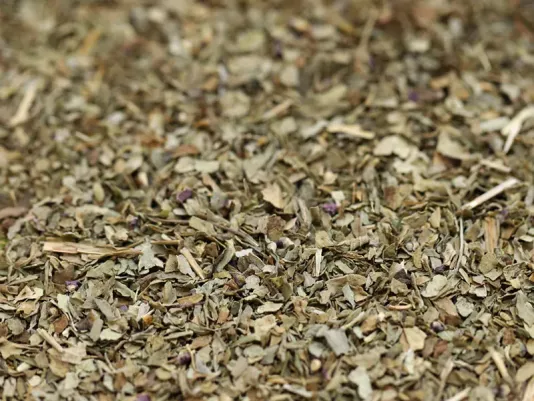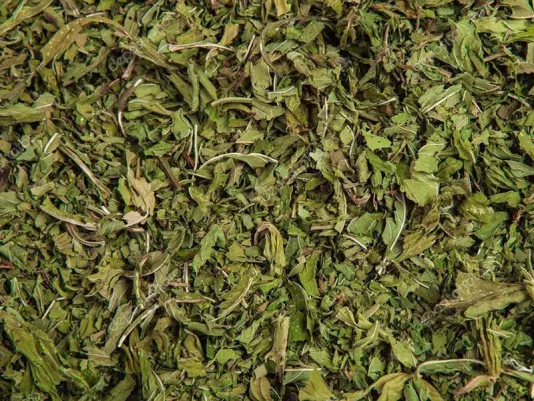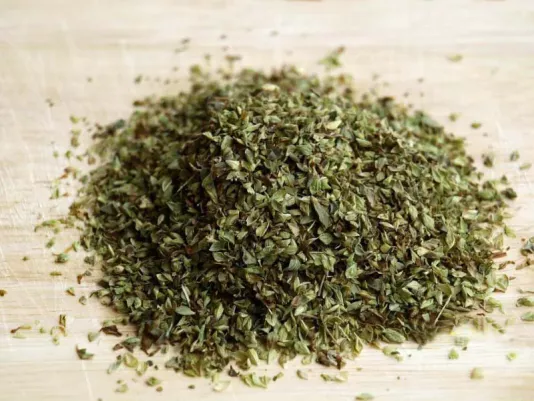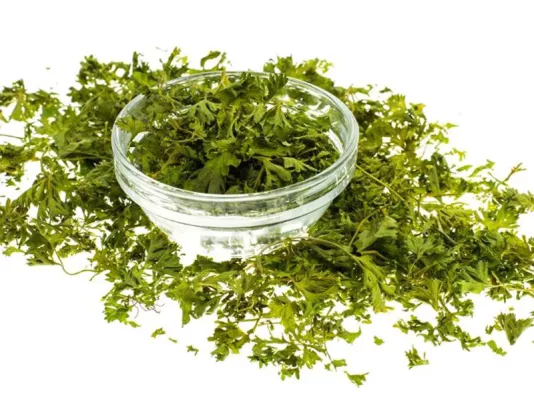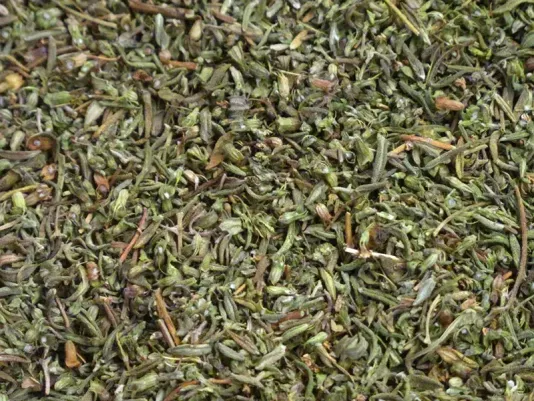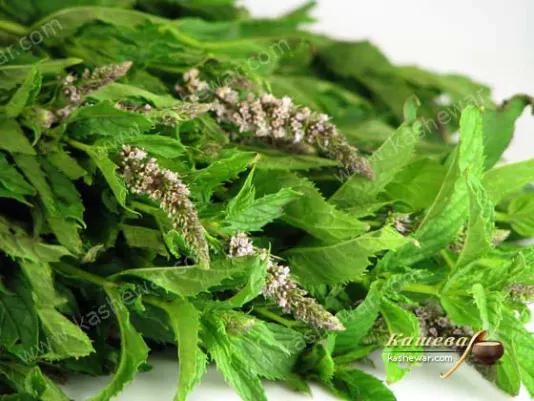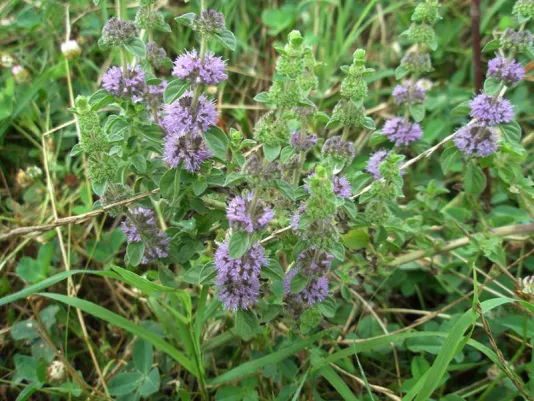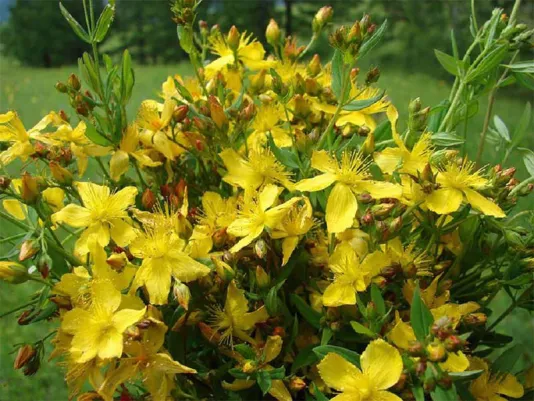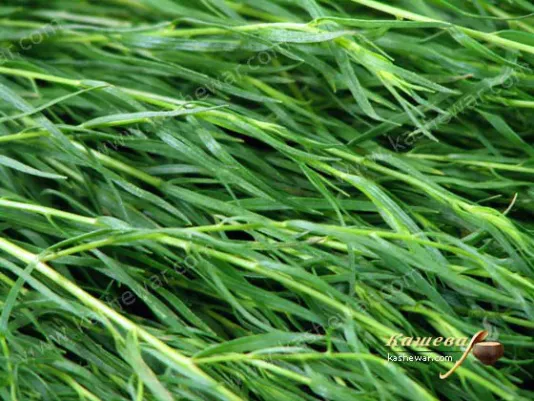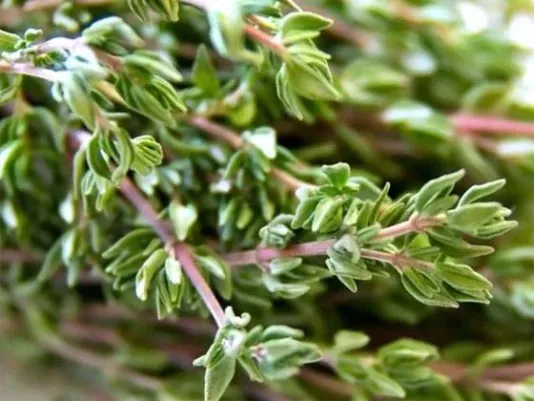Fresh and Dried Herbs
Fresh and dried herbs hold a special place in my culinary arsenal because they bring naturalness, lightness, and real flavor harmony to dishes. When I cook soups or salads, I always use dill and parsley because they add freshness and highlight the natural taste of vegetables. In hot meat dishes, I often use rosemary and thyme, while basil and oregano are perfect for marinades and sauces, creating a Mediterranean feel. Dried herbs are my universal solution when fresh ones aren’t available: they preserve many useful properties and allow me to quickly give a dish the desired character. I often combine fresh and dried herbs to achieve maximum flavor richness. For me, herbs not only decorate food but also enrich it with benefits, support the body, and create a special atmosphere at the table.
Different Types of Fresh and Dried Herbs
Popular Herbs and Their Culinary Uses
Over the years, I’ve learned to distinguish the character of each herb and use them to enhance the taste of a dish without overpowering it. For example, I love adding basil to sauces, pasta, and pizza because its aroma immediately brings me into the atmosphere of Mediterranean cuisine. In dried form, it’s convenient for winter dishes since it easily releases its aroma during long cooking. Dill is one of the most versatile herbs for me: fresh, I use it in salads and cold appetizers, while dried, I add it to soups or marinades. Tarragon always reminds me of sauces and fish dishes. I love it for its light anise notes that refresh and make flavors more refined. In dried form, it works wonderfully in sauces and broths. Cilantro, on the other hand, has a bright and slightly spicy taste, so I use it fresh in salads, soups, and meat dishes. It adds a distinctive Eastern note that I greatly appreciate. Bay leaf is a classic for me: I add it to soups, stews, and marinades to enhance aroma and depth of flavor. Mint is another favorite herb I use in both desserts and refreshing drinks. It brings lightness and coolness, especially in summer. In dried form, mint is great for teas and infusions. Marjoram and oregano are a real duo for me, which I often use in meat and vegetable dishes, as well as homemade sausages. They add warmth and richness even to the simplest recipes. Each herb has its own character, and I enjoy finding the right place for it in my kitchen to create dishes with harmonious flavors.
Fresh and Dried Herbs in Everyday Meals
I use herbs daily to make even the simplest dishes more expressive. Fresh herbs add lightness and naturalness, while dried ones bring convenience and depth of aroma. When I cook soup or broth, I always add a few sprigs of parsley or dill at the end of cooking so the dish gets a delicate aroma and doesn’t lose freshness. If I don’t have fresh herbs on hand, I confidently add dried ones since they unfold easily in hot dishes. I like that dried herbs are always available regardless of the season, and I can keep jars of oregano or rosemary even in winter. In everyday menus, I often use herbs for salads and appetizers. For example, cilantro pairs beautifully with vegetable salads, while fresh mint adds lightness to fruit combinations. I like garnishing finished dishes with chopped parsley or basil – it gives a sense of completeness and makes the presentation more attractive. Dried bay leaf is always in use when I cook stews because it adds special richness. I also frequently use herbs for homemade drinks and marinades. Fresh mint transforms ordinary lemonade into a refreshing drink, while dried St. John’s wort goes into teas for cozy evenings. When I cook meat, I can’t do without thyme or savory because they make the dish more aromatic and add spiciness. For me, fresh and dried herbs are a daily way to make food tastier, healthier, and closer to nature. I always feel that thanks to them, even a simple lunch becomes something special.
Health Benefits of Fresh and Dried Herbs
Over time, I’ve learned to value herbs not only for their aroma but also for their health benefits. Basil, for example, has anti-inflammatory properties and helps the body digest food better. I love adding it to sauces and salads because it makes dishes not only tastier but also healthier. Dill is rich in vitamins and supports the digestive system, which is why I use it both fresh and dried, knowing it adds lightness to meals. Tarragon has a mild tonic effect and pairs well with fish and meat dishes, making them more balanced. Parsley is a true treasure for me. It contains vitamin C, potassium, and iron, and its fresh green leaves refresh any soup or side dish. I often use it as a garnish but know that it carries great health benefits. Rosemary, in turn, has antioxidant properties and helps boost energy. I add it to meat dishes, and it provides not only a strong flavor but also a positive effect. Thyme and savory have mild antiseptic properties, so I often include them in my menu during seasonal colds. Mint and St. John’s wort are special to me because they work wonderfully in drinks and teas. Mint refreshes, calms, and improves sleep, while St. John’s wort creates a feeling of comfort and warmth. I’m sure herbs can support health naturally, and that’s why I use them daily. They bring more than just aroma or color to dishes – they bring care for the family’s well-being. For me, this is the most valuable property of herbs in any form, fresh or dried.
My Favorite Herb Combinations in Dishes
I’ve found that the real magic of cooking is revealed in herb combinations. For example, basil and oregano are a classic duo for me, which I use in sauces for pasta or pizza. They complement each other and create a harmonious Mediterranean aroma. When I cook soups or vegetable stews, I like adding parsley together with dill – this pair makes the dish fresh, light, and at the same time rich. For meat dishes, I often combine rosemary and thyme because together they add depth and sophistication even to simple roasted chicken or lamb. There are also less obvious combinations I’ve discovered over time. For instance, savory and bay leaf work wonderfully in legume dishes, helping make them more aromatic and easier to digest. I like pairing tarragon with marjoram – their delicate aroma goes well with fish and cream-based sauces. Mint is universal for me: I add it to fruit salads and tea, and when combined with cilantro, it creates an unexpectedly fresh accent in meat dishes. I always recommend experimenting with herbs and creating your own combinations. The most important thing is balance, so that no herb overshadows the others. For this, I use small amounts and gradually add ingredients, guided by aroma. This way, I find the perfect pairings that suit my family best. For me, herbs are a tool of creativity, and thanks to them, every dish becomes special and unique.
Storage and Tips for Using Herbs
From my experience, I’ve realized that proper storage of herbs directly affects their aroma and benefits. I always put fresh greens in a glass of water or wrap them in a damp paper towel in the fridge so they stay juicy longer. This way, basil, parsley, or dill can delight me for several days without losing freshness. I keep dried herbs in glass jars with tight lids in a dark, dry place. I never store them near the stove because heat quickly destroys essential oils. For me, it’s important that herbs are kept for no more than a year since they lose intensity over time. As for usage, I always follow a simple rule: I add fresh herbs at the end of cooking to preserve their aroma, and dried ones at the beginning or middle so they have time to open up in the dish. This applies to soups, sauces, stews, and meats. When I prepare salads or cold appetizers, I always use fresh greens, which add brightness. In hot dishes like casseroles or marinades, dried herbs show their best qualities. I like making my own herb blends: I mix oregano, marjoram, rosemary, and thyme for meat dishes, or basil and parsley for light vegetable salads. This way, I create custom mixes that are always at hand. My main advice is not to be afraid to try new herbs and discover them for yourself. They give dishes character, make them healthier, and bring us closer to nature. For me, fresh and dried herbs are the foundation of everyday culinary magic.

